I mean, it was not just the tiny gap that surprised me - growing underneath that chair also meant it received even less of the little rain we had this spring. After mulling it over though, it didn't seem quite so odd a "choice". For starters, I guess there is some sort of soil or spoil underneath the paving slabs the plant can stretch its roots into and the slabs ensure it won't dry out quite so fast as open soil. So the minute gap actually is no more than a narrow door the roots had to pass through - and that should have been easy enough as they did so after germination when tiny and just starting to grow.
Secondly, while the position seemed to be "doubly shaded" - i.e. not just shade thrown by the nearby tree and table but also by the wooden seat acting like a "roof" - I subsequently discovered that for a few hours in the afternoon the sun's lower rays did reach my little aquilegia. Thus, it was perfectly at home in semi-shade. And finally, I initially forgot how much water will reach it - not from above but from the run-off when I water the pots stood a metre away. Should be plenty for such a small plant with little competition nearby. So, whilst the tiny seed may not have been able to choose its surroundings, it certainly wasn't the worst it could encounter and it made the most of it.
There is also Mind-your-own-business (Soleirolia soleirolii) in one corner which I regularly have to pull up by the fistful so it doesn't swallow the pots it grows around. I love its cheerful green, brittle shoots and delicate leaves. Though it can get out of hand, I'm still enamoured with it. I guess that's because I remember so well how I agonized over it back in the day when I could only keep it as an indoor plant, confined to a little pot. I fretted whenever it turned dead brown because I had been away or simply didn't notice early enough that it needed watering again. I managed to kill a fair few plants that way, so delight in how well Mind-your-own-business grows on my patio now.
Now I have a few mature plants of my own, souvenirs from Madeira. They are of the A. africanus variety and much as I love them, I'm less fond of their self-seeding habit. From the word Go seedlings develop thick, fleshy roots that are near impossible to extract from between paving. Some of them I left, curious as to whether they'll reach flowering stage. I'm also curious whether they will flower one day in the shady spot underneath the tree, amongst the ivy - anything but ideal conditions for agapanthus, but so far the plant looks lush.
Obviously, there is an easy solution: cut of the flower heads as soon as they are spent. So far, I never could bring myself to do it - they look far too pretty to get rid of them. Especially in autumn and winter when they are dry: they have much the same ornamental effect as dried Allium 'Globemaster' heads, only bigger. Like a fireworks explosion without the colour. In recent years I've taken to ripping off the seed capsules only, as soon as they start opening: stopping the self-seeding whilst retaining at least a bit of that alluring plant structure.
Possibly the most poignant anecdote I have on phenomenon happened a few years ago. I'll best tell the whole story, so here goes: I love Cosmos bipinnatus. I adore them. But for some reason this love isn't mutual. As there is no open ground in my garden that a seedling requiring sun could develop in, I've sown seeds in a big window box. Maybe they were too old, maybe I didn't look after them well enough (I'm prone to either overwatering or letting the soil dry out too much before seedlings appear) but very few germinated. The slugs and snail then set about them until only two survived. Those grew reasonably well if slowly but for reasons I still don't understand didn't produce any buds! Imagine: Cosmos, the very definition of easy floriferous annuals not setting bud! Eventually they did: two buds in late November, which opened to miserable December rain...
Next year, I didn't take chances. Rather than try the whole germinating-and-raising-seedlings business again (the window box already being occupied by other plants anyway) I went for a flowering plant in a pot. Of course I know you shouldn't buy annuals at such a mature stage, they are not likely to respond well to transplanting. Whilst you probably won't kill them, they are unlikely to settle in well enough to keep growing as a young plant would. However, I had missed the time to buy the latter, none being on offer where I passed by. Besides, this Cosmos' flowers were such an intense colour that I simply couldn't resist.
The story had a third chapter though: Those miserable December flowers growing on the window box plant somehow had managed to produce seed. Maybe a shivering, semi-starved bumblebee had visited them. And somehow, a seed had found its way into the children's sandpit. With a playground redevelopment in our local park had come a big sandpit there, so the tiny one in our garden no longer saw much action. I'm sure you can guess where this narrative is heading. And yes, that Cosmos seed not only germinated but happily grew and flourished in the sand, eventually growing to more than a metre tall and producing dozens of blooms. In one way it was nice, of course. In another way it was maddening: as if nature wanted to stick two fingers up to me...
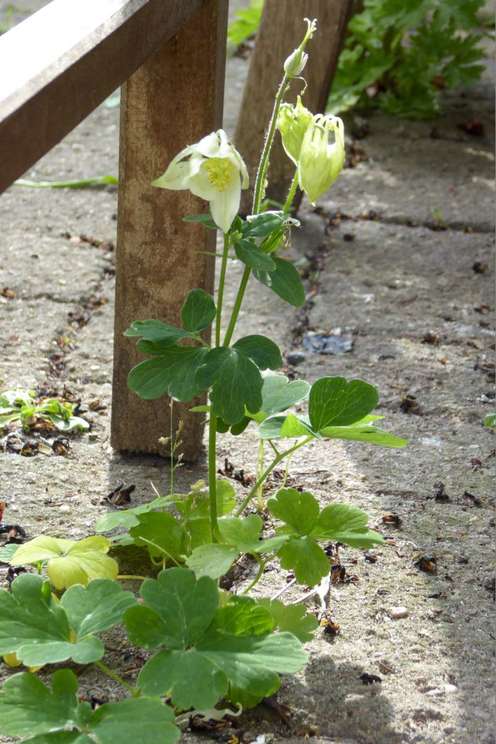
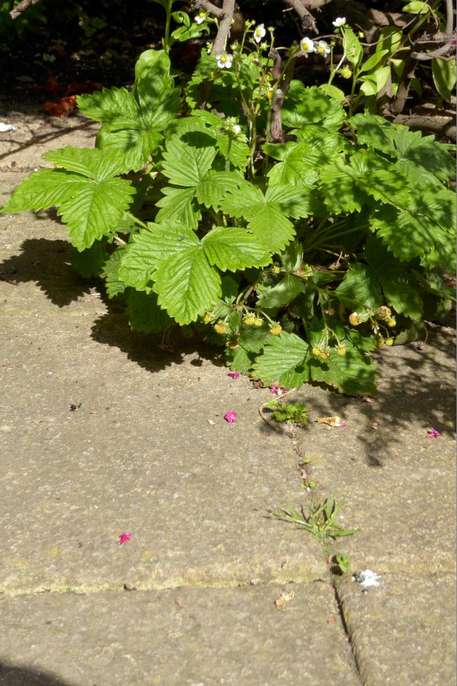
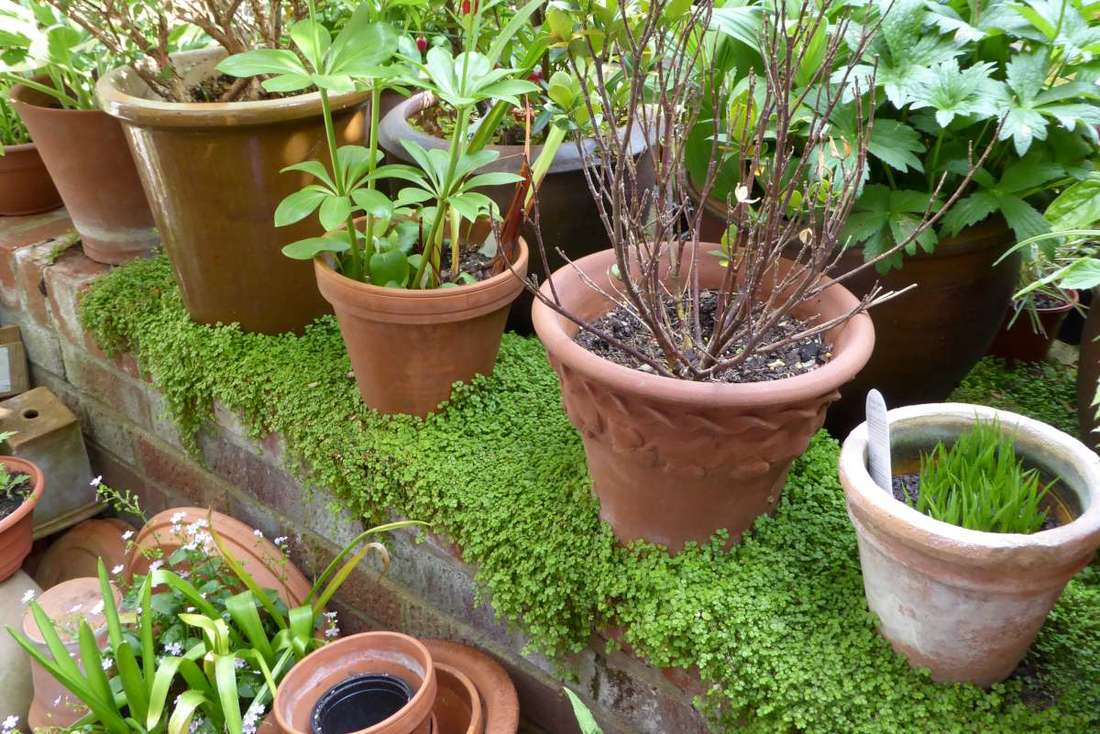
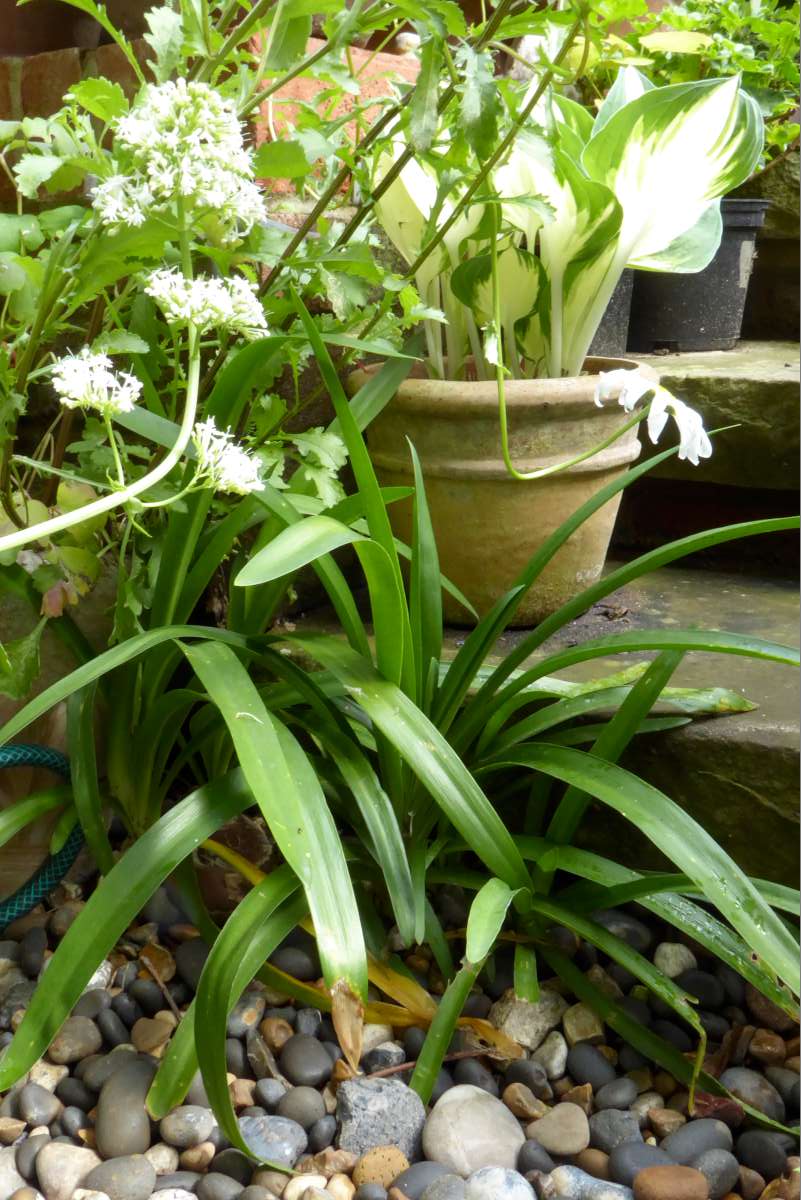
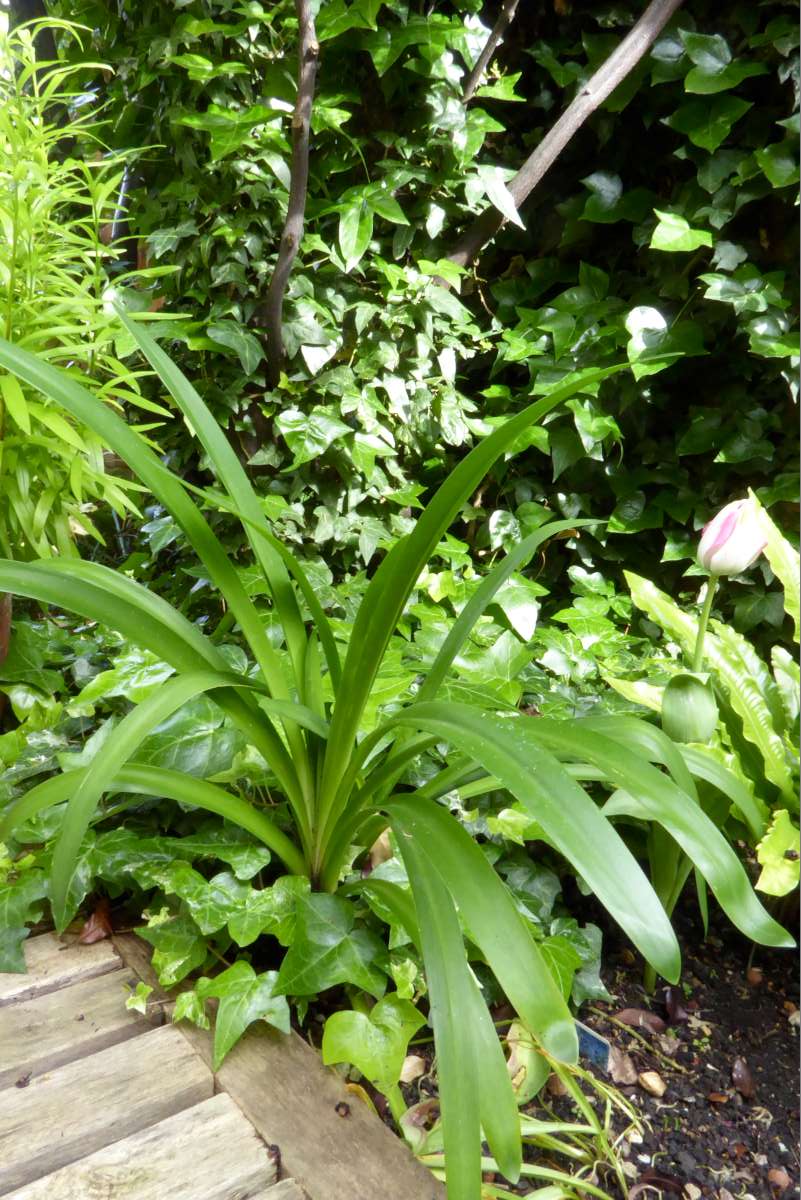
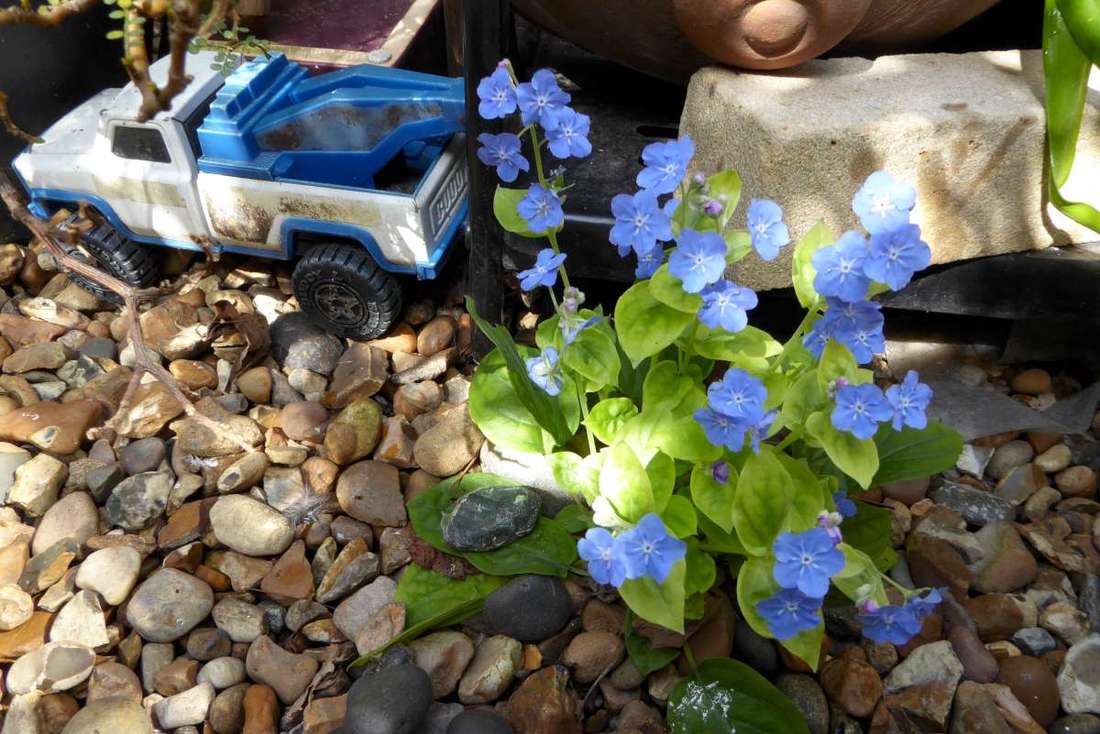
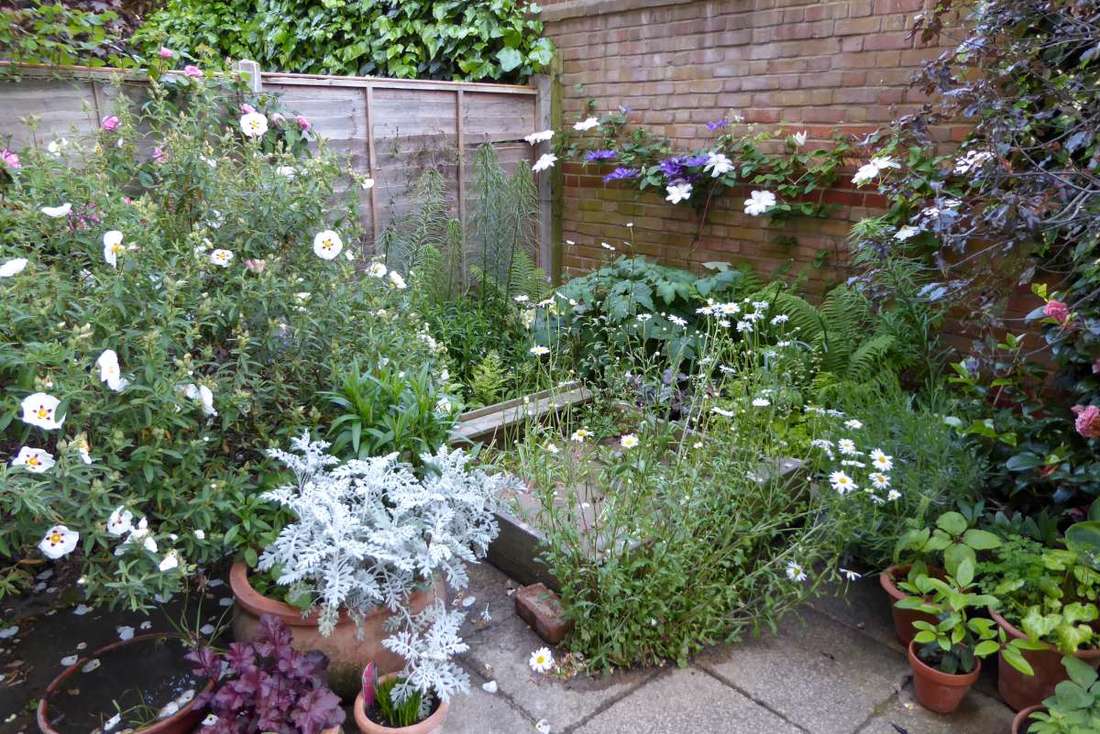
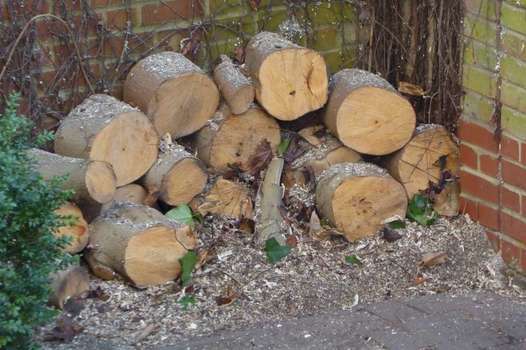

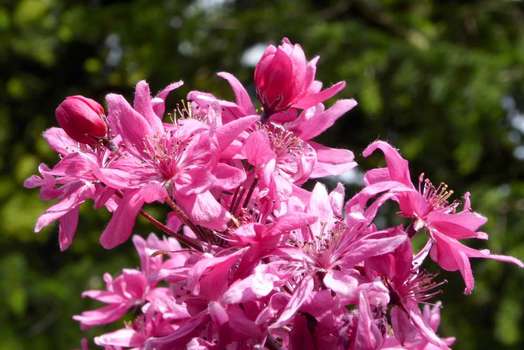
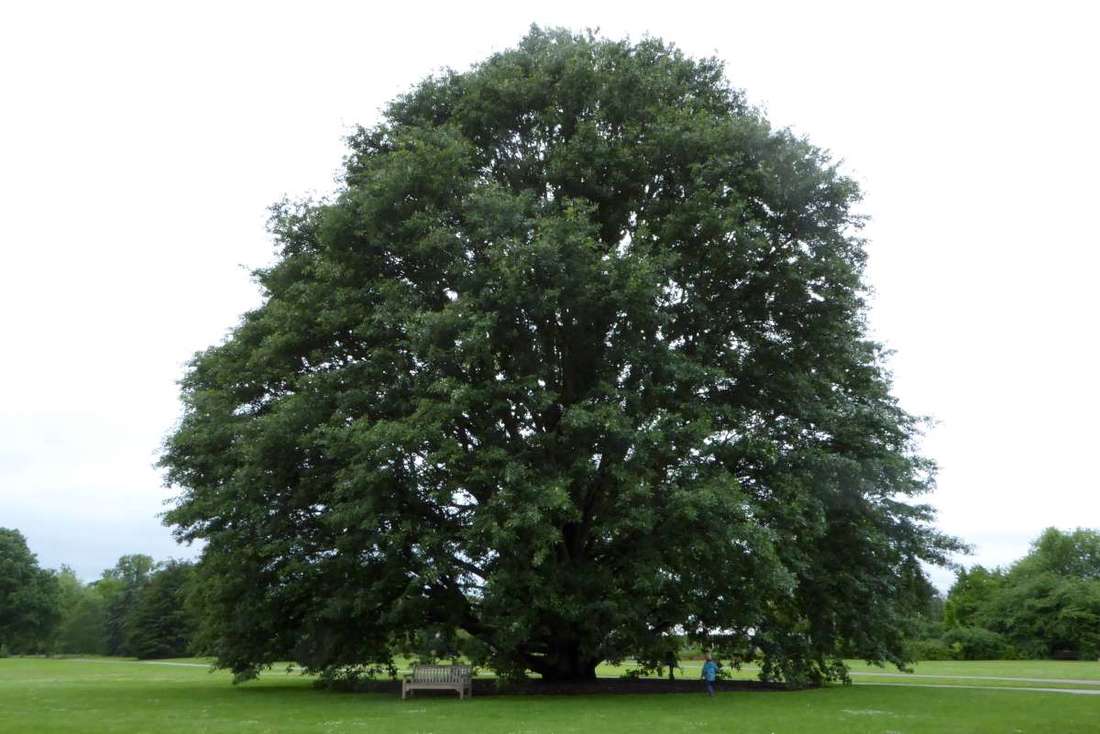
 RSS Feed
RSS Feed